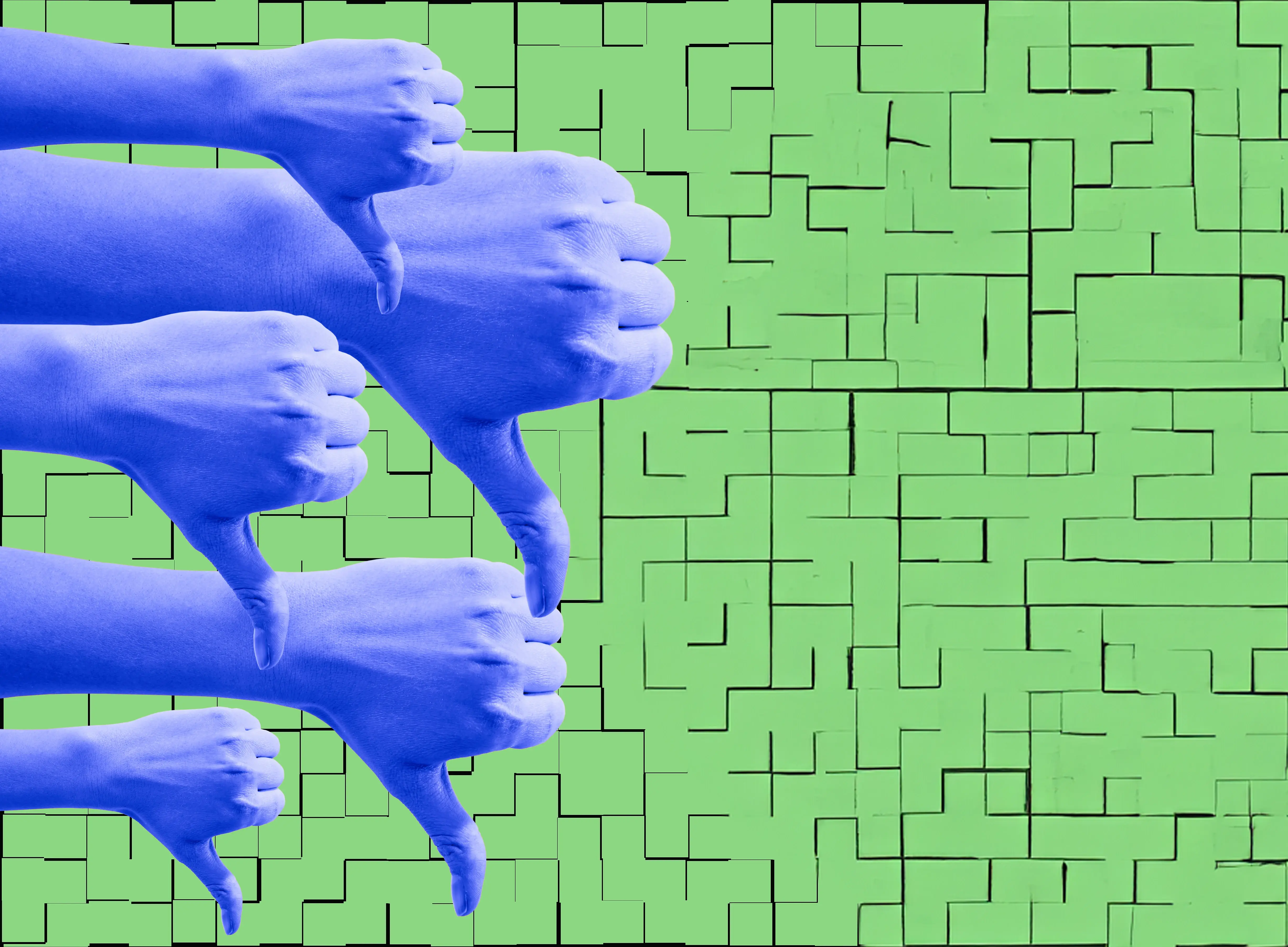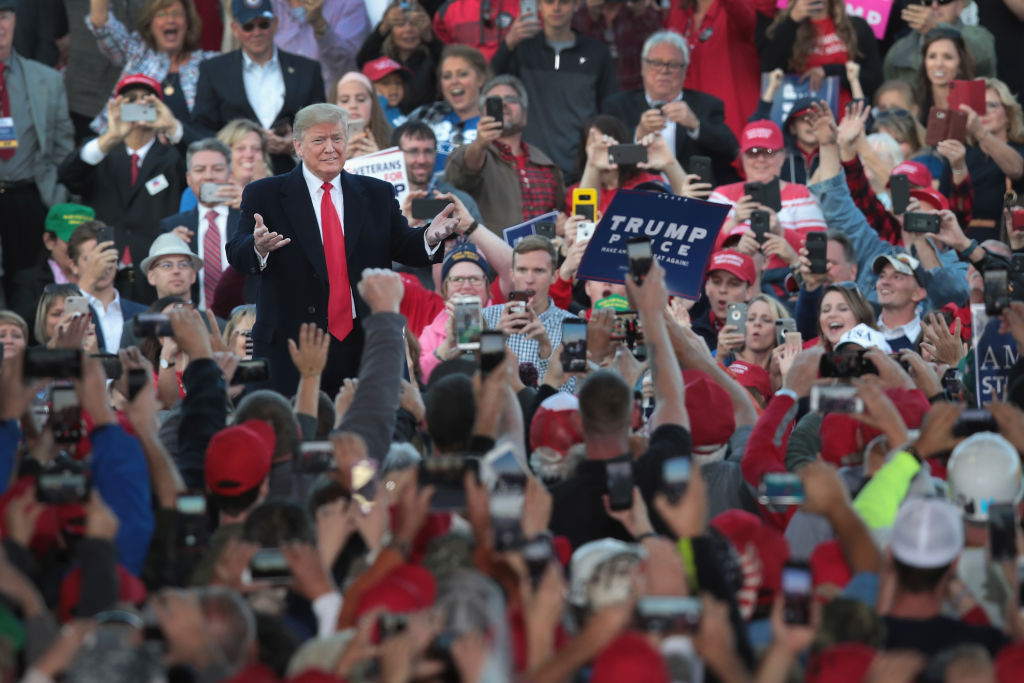
Politics & Society
White supremacist terrorism, technology and the law

Through adept use of social media, including memes, far-right and white supremacist ideologies are gaining traction and making extremist language part of everyday life
Published 21 August 2019
In 2019, chants of “send her back” echoed around Donald Trump’s presidential campaign rally in North Carolina.
The chanting was in support of the US President’s provocative tweets about Ilhan Omar, a Somali-born, Muslim Democratic congresswoman.

Trump had unleashed a series of tweets that were seemingly aimed at Omar and some of her fellow congresswomen – all women of colour – after they spoke out against some US immigration policies they felt were racist.
At the same time, in Britain, the then-newly elected Prime Minister, Boris Johnson, had a string of controversial comments to his name,
He’d called gay men "tank-topped bumboys" and referred to Africans as "piccaninnies".
We live in a global climate where democratically elected world leaders are openly using offensive and divisive language like this.
There is little room for doubt that racist, sexist and homophobic language has found a home in mainstream discourse.

Politics & Society
White supremacist terrorism, technology and the law
Turn the clock back 20 years and the reach of white supremacist groups was pretty limited.
But in the 21st century, the Internet has provided an effective way for the alt-right to engage with a much wider community.
Dr Mark Davis in the School of Culture and Communication has been examining the ways far right ideology is gaining traction online.
He explains that by producing and circulating memes on social media sites, far-right supporters are generating high levels of engagement online.
“On some meme posts you’ll see many hundreds of comments and a very high level of engagement from the general public. Many of these posts promote what are in essence coded white supremacist ideas,” says Dr Davis.

Through their use of humour and sarcasm, memes are particularly effective in communicating a message or idea.
“Often memes are pictorial and are very cleverly constructed. They are almost always designed to be humorous, ironic or sarcastic, and are heavily coded; very rarely do they play it straight,” says Dr Davis.
“An example of this is the ‘Aussie shitposter’ meme used by the Christchurch murderer as his online avatar, which for the unknowing presents as an almost affectionate satire on Ocker masculinity.
"But for the knowing, it is an icon of Australian contributions to racist threads on online bulletin boards such as 4chan’."

Politics & Society
ACCC doubles down on digital platforms
The word ‘meme’ was coined in 1976 by Richard Dawkins to describe the spread of cultural information from one person to another.
Dawkins is an evolutionary biologist and ethologist. His belief was that cultural ideas shared the same logic as genes and that they could spread and mutate in the same fashion.
With the emergence of the internet, memes became an online phenomenon.
By the 1990s, these bite-sized nuggets of information consisting of text, images and video became a strong online currency, circulating an array of ideas and helping to shape and form opinion.
More recently though there has been a growing currency in sinister and politically toxic memes designed to disrupt – and their effects are being felt well beyond the realms of the internet.

“One of the things that’s interesting about political memes is that they are almost always designed to make trouble,” says Dr Davis.
“So they are almost always designed to destabilise and to inject a discordant note into whatever the discussion of the day might be.”
One of the first examples of successfully destabilising a debate was climate change.
An American communications consultant and political advisor, Frank Luntz, urged politicians in the Bush administration to question the scientific consensus on the dangers of greenhouse gases.
In a 2002 leaked memo to Bush Republicans, Luntz said: “The scientific debate is closing [against us] but not yet closed. There is still a window of opportunity to challenge the science.”

Politics & Society
Here’s how to renew Australia’s Democracy
The argument against climate change could not be won on face value. The most effective way to destabilise the debate was to undermine trust in the science.
Dr Davis sees a similar tactic being implemented by the alt-right today.
“One of the great success stories of the alt-right is Trump’s use of the phrase ‘fake news’ – that is a meme,” says Dr Davis.
By repeating the idea that mainstream media is peddling fake news and is run by an out-of-touch elite, far right supporters can undermine the facts and undermine their opponents.
“Like most alt-right memes “fake news” also contains code for knowing insiders. It references the ongoing battle to upend liberalism being fought by the far right on the understanding that the so-called truths published in the mainstream media are little more than instances of liberal hegemony,” says Dr Davis.

The alt-right have also been harnessing celebrity culture to gain support from the wider community.
If a public figure, politician or personality says anything that aligns with far-right ideology, they are instantly used as a propaganda tool online.
Australian TV host, Sonia Kruger, became a poster girl for the alt-right after she called for an end to Muslim immigration in a 2016 television interview.
A vilification complaint was made against her and far right groups were the first to jump to her defence.
They claimed that the case against her was an attack on free speech and that Kruger was being persecuted for speaking her mind.

Politics & Society
A GFC 2.0 would remake the world in dangerous ways
“A good example in Australia is the memification of any public figure who comes out and says anything remotely anti-Islamic,” explains Dr Davis.
“They will be turned into a meme almost overnight and put up on a Facebook page and portrayed as a hero. Then, if they are censured by the media, this will be portrayed as an attack on ‘freedom of speech’ as part of a communications campaign to get ordinary people on board.”
Racist, sexist and homophobic views are nothing new but the way in which the language of extremism has emerged from behind closed doors is a disturbing development.
We now live in a global climate where people feel emboldened to use toxic and divisive language in everyday discourse.
In Dr Davis’ words, “It’s the story of extremism in everyday life.”